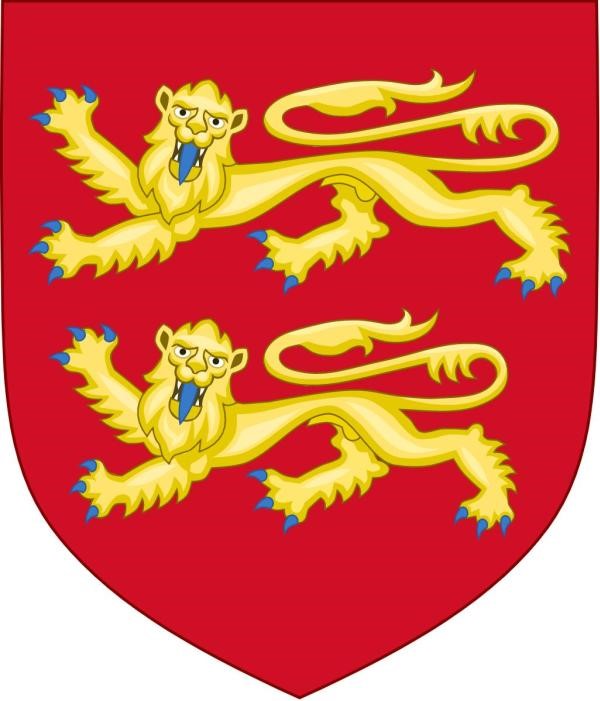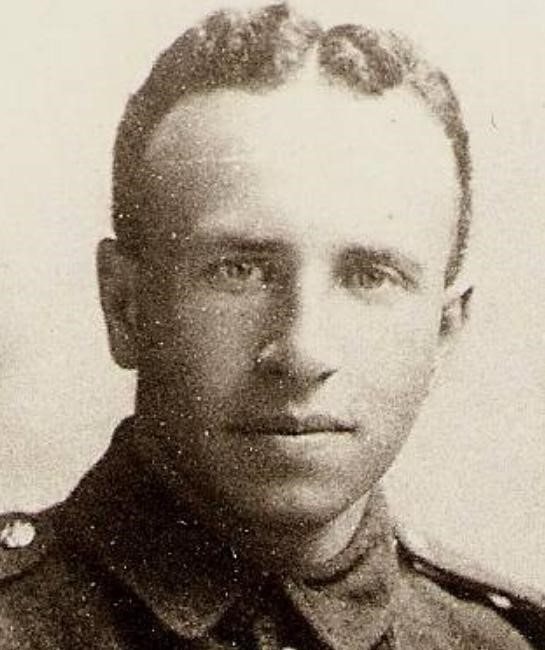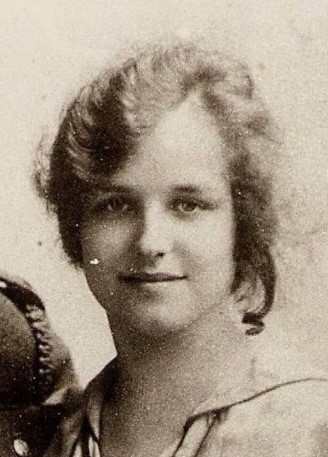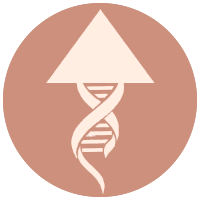My in-depth and detailed search for information that would enable me to recreate the most complete picture of the history of the Nathan genealogy trail took months of painstaking work. I visited several museums, read autobiographical memoirs and had personal conversations with family members. Based on the information collected, I was able to recreate the family tree in chronological order. Initially, I turned to information about the origin of the name Nathan. I learned that in the second half of the 18th century, this surname was rare and was given to individuals and their families for outstanding services and as a sign of respect.
The surname Nathan dates back to between the 12th and 18th centuries and belongs to high society. Essentially, this family’s ancestors had a privilege in the royal service and were granted this surname as a sign of special favour or as a reward. There is also a version of this surname that has Jewish roots which comes from the word “giver” in Hebrew.

I found the first mention of the head of the Nathan family in the archives of the British Museum. This museum was founded in 1753 and therefore the preserved documents reveal reliable facts. So, the head of the Nathan family lived in London and was married to Jenny Wilmhurst. He was a tall, large and stately man while Jenny was a real Scottish lady with a strong character. Incidentally, Jenny’s maiden name Wilmhurst has a family coat of arms, belongs to privileged and noble families, and can be traced back to William the Conqueror.
William the Conqueror followed a long military path, from Duke of Normandy to King of England. He ruled from 1066 to 1087 after he had liberated England from Danish annexation.
Now, let’s go back to the head of the clan. Nathan was good-natured, gentle and demanding in his work. He was engaged in the importation of cigars and he was also a member of the City Council. His family lived in a large Victorian house, part of which was rented out to guests, as evidenced by the boarding house sign outside. Jenny ran the house and a small inn. In total, Nathan and Jenny Wilmhurst had eight children: one son and seven daughters. The first to appear in 1889 was Reggie. The eldest daughter was Blanchet and the youngest was Hilda. The other five daughters were named Beryl, Girlie, Marjorie, Betty and Gladys.
Based on documentary archival data and personal memoirs, I will discuss these children in chronological order.
I’ll start with their only son, Reggie, born in England in 1889. He was known as a creative person and an artist. At the beginning of his journey, Reggie studied at the best art schools and over time became a sought-after world-class artist. For five years, he studied at the Royal Academy with John Singer Sargent and Sir William Orpen, after which he moved to study in Paris. At the age of 20, he painted an oil portrait of his sister Beryl, which has survived to this day. In fact, Reggie was so good he was awarded the prestigious Royal Academy Medal for his portrait painting.
During the First World War, Reggie served in Thessaloniki where he contracted malaria, as a result of which his lungs suffered serious damage. Given London’s climate, where humidity is high almost all-year round, doctors recommended that he change his place of residence to somewhere more suitable. So, in 1924, at the age of 35, Reggie emigrated to Sydney, Australia where he immediately joined the Australian Art Society. He eventually became President of the Australian Royal Academy.
Reggie painted portraits of stately people, such as King George VI, the King of Iraq and the Prince of Sweden, as well as portraits of famous and honourable Australians, such as Sir Charles Lloyd Jones, Sir James Murdoch, poet Dorothea MacKellar and Sir Donald Bradman.
Reggie opened his own art studio in Turramurra (a suburb of Sydney, Australia) where he taught and worked until his death in 1979.
By analysing the memoirs, I was able to discover that Reggie Nathan’s wife was a Scottish lady who bore him three children. Son Lawrence was a religious man who was engaged in administrative work in one of the private foundations. Daughter Felicity got married, but unfortunately her husband was seriously injured in a road accident which prevented the couple from having children.
After Reggie came Blanchet, a wonderful daughter. She, like all of Nathan and Jenny’s children, was born in England. She later married a man called Sydney. Blanchet worked as a nurse and during the First World War she served on a hospital ship that was torpedoed. In marriage, she gave birth to a son, Jerold, who later joined the British Air Force. After demobilisation, he graduated from pedagogy courses and, after a while, became director of the school.

Beryl, another daughter of Nathan and Jenny Wilmhurst, was born in March 1898. She married Rafael Yudkevich in 1924. Her husband, born in August 1892, was a native of Vyatka (in the Russian Empire). Raphael met Beryl when he rented a room in Nathan’s family boarding house. Beryl, who was 16 at that time, was a beautiful and wealthy lady. Raphael was seven years older and did not have a large income, so Beryl’s parents opposed their alliance for some time. Nevertheless, the young couple got married, although this wasn’t until ten years after they met. Having married, Beryl and Raphael left the Nathan family estate for a separate apartment where Beryl’s mother often visited.

Raphael was a mature and experienced man who was educated in Europe. He served in His Majesty’s royal armies, and was fluent in Hebrew, Italian, French, Russian and English. He lived an eventful life and died in Bangor at the age of 80, surrounded by his family.
After studying the archival data, I learned that Beryl and Raphael had four children: Sheila, Joyce, David and June. I will now present some information about Joyce and David.
In 1924, when Beryl was 26, she had a daughter, Joyce. Joyce lived her entire life in her home country. She trained as a biologist specialising in animal behaviour and she worked as a dog trainer for some time. However, her main interest in life revolved around her love of the “pen”. As a result, Joyce combined both her talent as a writer and her love of animals, being one of the few authors to write stories about animals for both adults and adolescents. Like her father, she used the pseudonym Stranger. Joyce lived a long life, dying at the age of 83.
David, Beryl and Raphael’s son, was born in August 1926 in London. He became a doctor and met his wife at a health resort while working at St. Pancras. His wife Helen was born in August 1928. The couple had four wonderful daughters. Helen died at the age of 87, and David at 94.
We shall now return to the other children of Nathan and Jenny. One of their daughters was called Girlie but I could only find out that, for natural reasons, she did not manage to marry. Another daughter, Marjorie, was born in England. She was also single and had no children. Marjorie was a short woman with a steely character. Other family members were often drawn to her for advice because she had a sharp mind and an excellent sense of humour. Initially, Marjorie worked as a secretary for a timber-importing firm located on the Isle of Dogs on the River Thames. Due to her managerial skills, over time she became the director of this enterprise. In adulthood, Marjorie, along with her sister Gladys, bought a common house. And, when closer to old age, the sisters moved to live in a boarding house. Gladys was known as a real fashionista. She always wore trendy dresses and extravagant hats. She worked as a saleswoman and consultant in the jewellery department of a fashion store. Gladys also lived a long life.
Another daughter of Nathan and Jenny, Betty, married a man called Bernard. They set up their own business together, jointly managing a post office. Betty and Bernard had one daughter and one son.
After studying the memoirs of relatives, I discovered that the youngest daughter of Nathan and Jenny was called Hilda. Like all eight children, she was born in England. In adulthood, she got married and lived to see her centenary, passing away at the age of 100.
It took me three months to research the Nathan family. During this period, I visited several museum archives, read the biographies of descendants and studied the memoirs of relatives. As a result of my research, I was able to construct a family tree, including more than 50 members. It can be viewed HERE.
Today, Nathan’s great-grandchildren and great-great-grandchildren live in many countries of the world, including England, Australia and the United States.
enquiry![]() truegenealogist.com
truegenealogist.com
